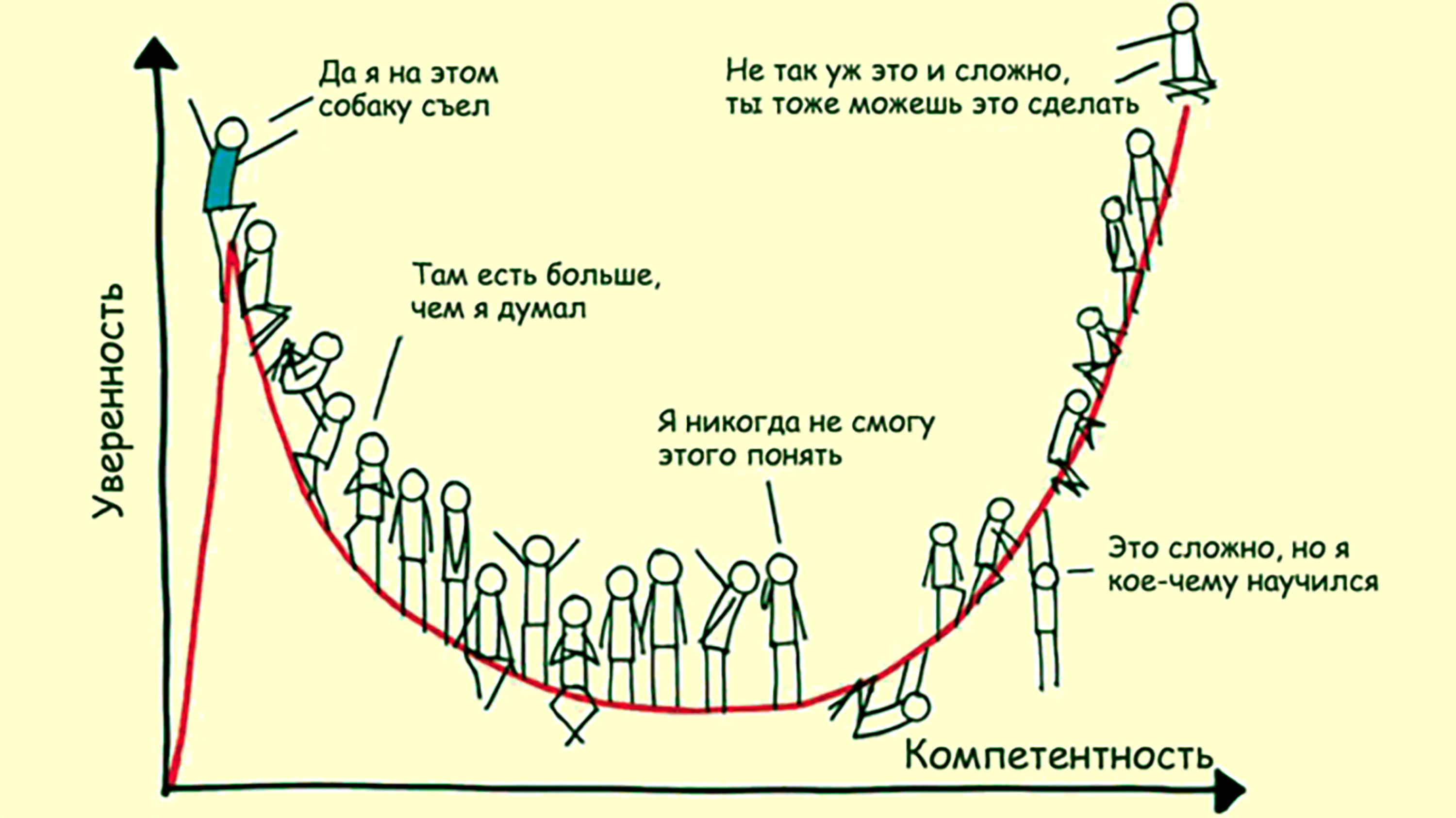Today, among companies whose business is tightly tied to IT, probably only the lazy has not heard about transformation, "agile -ization" and other processes of increasing the transparency and efficiency of development. Many have tried various methodologies on themselves - and got something out of it, with one or another exhaust.
Let's leave the positive scenario outside the scope of discussion and talk about a situation when smart guys were hired, and a product project was brought to them, and the methodology is all "according to the canon", but all the same, the IT department issues something wrong, with the wrong quality, not in those terms, and in general in every possible way brings the business to a pre-infarction state. There is a feeling that the problem is deeper than it seemed initially, but what exactly is it and what to do is not clear.
It is interesting that many English-language articles in search of an answer to the question about the main problem of IT give a fairly simple and, perhaps, not everyone expected answer: we . Yes, we humans, and not computing power, virtualization features or other technical capabilities, are the main problem of IT.
One of the reasons, perhaps the most important, is the Dunning-Kruger effect. If you reflect it on the graph, then it is easy to notice a point that is well known to many from the anecdote about Brezhnev: I am old ... I am super-old.

Let's take a look at examples.
Business-IT Interaction
, , ( – ). , , . , : → → → , , . : → .
, , .
, , ? , ? , , : , . . , , .

, : , , ( ), , . , : , , – . , .
- , , . , . , , . , , , , - .
. , . : , , , , . , : « ?! . , ».
…
, , . , , .
, , , , , -, – .
: , , - ? . , (« ») , – ? ? ? , , ?
, : «», , , -, , ? - , ; .
, : , , , , , , , . , , , , , . , - , — the must.
, – -, , « », , , .
. : . . , ( , ); . , .
, , , React’. .

- : , « », , . , , , , . - , – . , ?
- , . , - , .
, «360» , . , - , , .
, , , , .
, , . , :
- ( ),
( ),
(, ),
- , ( , , ).
, , , , . , , . , , - , , .
The ability to identify and neutralize the Dunning-Kruger effect is one of the reasons why we love the diagnostic service, not the only one, but very important and essential for the joint productive work of IT and business.
PS If the article was interesting / useful, please share your experience with this effect. How was it discovered? What they were doing?